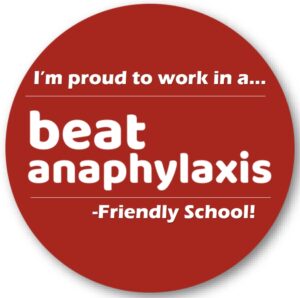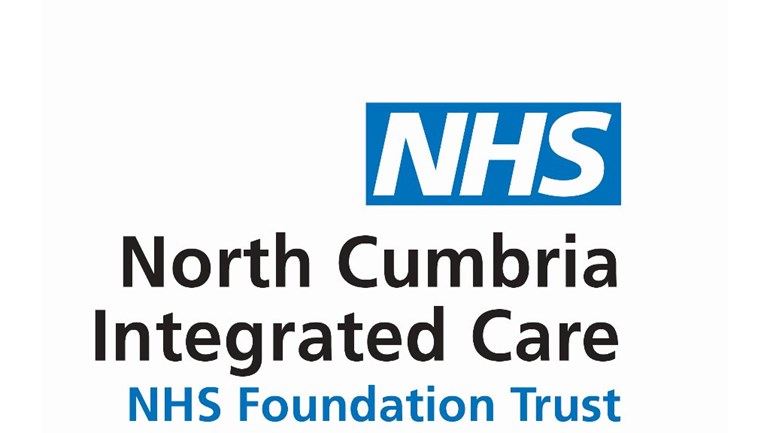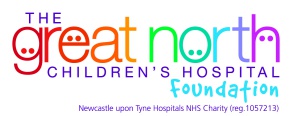Become a BeatAnaphylaxis Friendly Primary School!
The resources are free and available to use from 12th October 2025
Schools can access the resources in ‘Schools & Early Years’ pages or via this LINK
Ellen’s Story Film Launch Event! – 31st March 2023
Watch the film below from 11:00
Our Mission
Anaphylaxis is a potentially life-threatening condition which carries a high morbidity and mortality, with around 20 deaths from it reported each year in the UK.
Recent high-profile cases such as that of Natasha Ednan-Laperouse serve as just one of several examples illustrating the devastating impact of this condition in children and young people.
Extensive data collection via regional audit research around the standards of clinical care of paediatric patients with Anaphylaxis in recent years has identified many areas for improvement that could directly benefit these patients in the North East.
BeatAnaphylaxis.co.uk is web-based resource that aims to improve clinical care of this life-threatening condition via provision of a comprehensive condition-specific online resource package for health professionals and educators, along with paediatric patients and their families in the North East and Cumbria.
The development of this platform has only been possible due to extensive support of our Partner Organisations and individual contributions from our dedicated Editorial Team. They have donated both financial support and their personal time to create this free and accessible Paediatric Anaphylaxis resource, and the whole region is greatly indebted to them.
What is Anaphylaxis?
Anaphylaxis is a serious, potentially life-threatening generalised or systemic allergic reaction. It’s progression is usually rapid in nature.
Severe anaphylaxis is characterised by potentially life-threatening compromise in a patient’s airway, breathing and/or circulation and may occur without typical skin features or angioedema being present.
Around 40% of the UK population is thought to suffer from at least one allergy1, but most people fortunately only have mild symptoms such as an itchy rash. A small proportion develop anaphylaxis, which requires prompt treatment with adrenaline. In the UK, the number of people admitted to hospital with anaphylaxis has increased from 1 to 7 per 100,000 Population between 1992 and 2012 (NICE, 2016), resulting in an estimated 20 deaths every year2.
In children, anaphylaxis is usually triggered by food, and the most common causes are allergens such as peanuts, tree nuts, cow’s milk, egg, fish, shellfish, sesame and fruits like kiwi3,5,6. In the UK the most common food trigger causing death from anaphylaxis is milk, followed by peanut and tree nuts6. Other causes of anaphylaxis include prescribed medication such as penicillin, bee or wasp stings, latex and blood products used in transfusions, but sometimes in “idiopathic anaphylaxis” no cause is identified5,6.
What are the signs and symptoms?
Mild to moderate allergic reaction:
- Swollen lips, face or eyes (angio-oedema)
- Itchy/tingling in the mouth
- Urticaria (“hives” or “nettle rash”)
- Abdominal pain
- Vomiting
- Sudden change in behaviour
ANAPHYLAXIS – Any of the above feature PLUS any of the following:
- Airway: hoarse voice, difficulty swallowing, swollen tongue
- Breathing: persistent cough, wheeze, shortness of breath or difficulty breathing
- Circulation/consciousness: floppy, pale, collapse, suddenly sleepy, persistent dizziness
Persistent gastrointestinal symptoms like abdominal pain and vomiting may also indicate possible anaphylaxis. Respiratory symptoms are more common in food anaphylaxis in children, especially if there is a background of asthma6.
References
- allergyuk.org/information-and-advice/statistics
- nice.org.uk/guidance/qs119/resources/anaphylaxis-pdf
- anaphylaxis.org.uk/wp-content/uploads/2019/07/Anaphylaxis-The-Facts-Feb-2019.pdf
- Reber LL, Hernandez JD, Galli SJ. The pathophysiology of anaphylaxis. J Allergy Clin Immunol 2017 Aug 140(2): 335-348
- https://www.worldallergy.org/education-and-programs/education/allergic-disease-resource-center/professionals/anaphylaxis-synopsis
- Anagnostou K, Turner PJ. Myths, facts and controversies in the diagnosis and management of anaphylaxis. Arch Dis Child 2019;104: 83-90
Meet the Editors
We are a diverse group of people from health professionals to parents to anaphylaxis suffers themselves, who are all passionate about improving awareness and knowledge about this condition in the North East.
Patient Stories
First-hand accounts from patients living with anaphylaxis.































